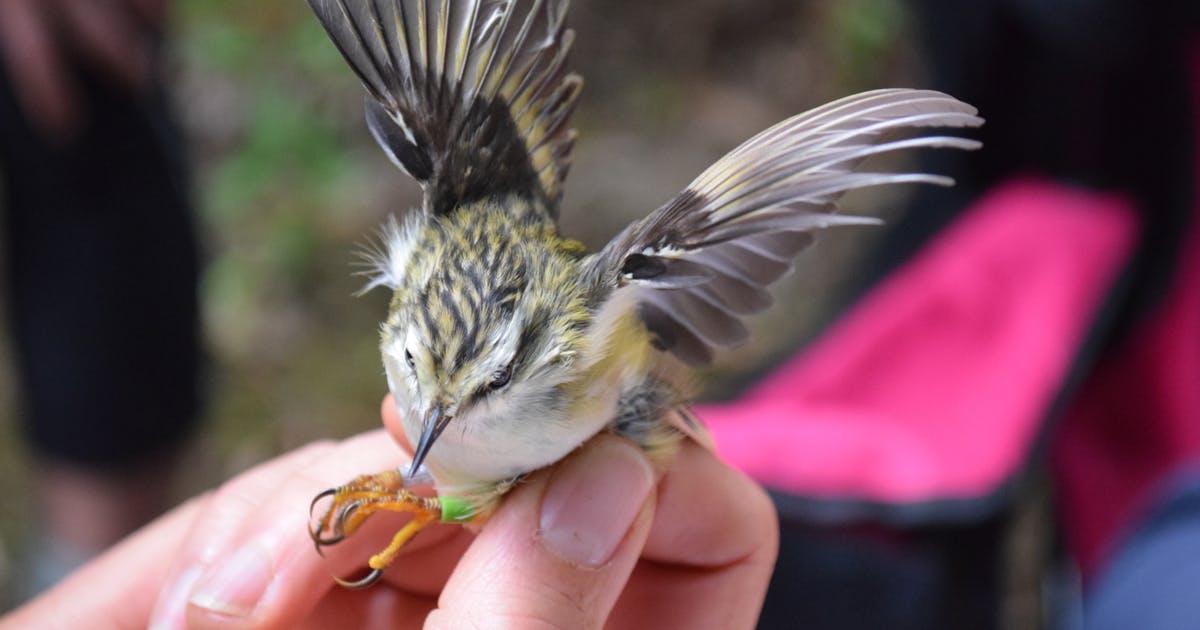FAQ
- - Shed 39, 2 Fryatt Quay, Pipitea, Wellington 6011;
- - Upper Hutt Office, 1056 Fergusson Drive, Upper Hutt 5018;
- - Masterton Office, 34 Chapel Street, Masterton 5810.
What is the GWRC Regional Pest Management Plan?
The GWRC Regional Pest Management Plan provides the strategic and statutory framework for managing pests in the greater Wellington region. It is the main regulatory component of GWRC’s Biosecurity programme. It contains pests that are controlled to benefit the region as a whole, describing the programmes, objectives and rules for management.
Guidance around the Regional Pest Management Plan requirements are outlined in the Biosecurity Act 1993 and the National Policy Direction for Pest Management 2015.
Public feedback helps us to understand the regional priorities for pest management for the next ten years. If you want to tell us what you think about the Proposed Regional Pest Management Plan then please fill in a submission. Download a submission form.
Pests are introduced plants and animals that threaten our health, economy, Māori heritage, recreation, native plants, animals and habitats.
How can I submit on the proposed Pest Management Plan?
Submissions must be received by Greater Wellington no later than 5pm Friday 27 July 2018.
You can submit on the proposed plan from 30 June 2018. Just send your submission to pestplan@gw.govt.nz or post comments to:
Freepost 3156
The Proposed Regional Pest Management Plan,
Greater Wellington
Regional Council
PO Box 11646
Wellington 6142.
A hearing panel will hear submissions received on the Proposed Plan. Submitters giving notice of their wish to be heard will be advised of the hearing.
Where can I find a copy of the plan?
Copies of the proposed Pest Management Plan are availble here on on-line. Copies are also available for during normal working hours at:
• Greater Wellington Regional Councils Offices
• Head offices of the District/City Councils and all public libraries across the Wellington Region.
What happens once all the submissions are received?
Greater Wellington will issue decisions after reviewing those submissions and hearing those who wish to be heard.
Public submissions on the proposal have now closed and we are now entering the hearing phase of the process.
View the full Hearing Plan here.
1. Notice is given that a hearing by the Council has been set to consider the Proposal for the Greater Wellington Regional Pest Management Plan and submissions received.
2. Sitting times for the hearing are 9:30am – 4:30pm. The dates and venues for the hearing of submissions are:
Hearing Dates:
1) Date: 23rd October and 24th October 2018
Location: CNR Cornwall Street & Waterloo Rd, Lower Hutt 5040
Venue: Angus Inn
2) Council Officer Reply Hearing day
Date: 1st November 2018
Location: CNR Cornwall Street & Waterloo Rd, Lower Hutt 5040
Venue: Angus Inn
Decisions can be appealed through the Environment Court by submitters only.
Then we put the plan into operation. The plan empowers us to exercise the relevant advisory, service delivery, regulatory and funding provisions available under the Act to deliver the specific objectives identified in Part Two (Pest Management) of the plan.
Why is the GWRC Regional Pest Management Plan being reviewed?
The lifespan of the current Regional Pest Management Strategy is 2002-2022. It was reviewed in 2007 and approved for implementation in 2009.
To respond to changing national biosecurity requirements, the Biosecurity Law Reform Act 2012 was introduced. In particular, amendments have been made to Part 5 of the Biosecurity Act 1993 (the Act) ‘Pest Management’, which legislates for regional pest management. Due to these changes it was determined that our current strategy was inconsistent with the changes, therefore requiring a full review. The new RPMP will have a lifespan of 20 years.
How many plants and animals are covered in the Proposal for the GWRC Regional Pest Management Plan?
Twenty six animal and plant species (or groups of species) are included in five different programmes; exclusion, eradication, progressive containment, sustained control and site-led.
What is the process for including pests in the Regional Pest Management Plan?
Organisms are assessed against criteria for inclusion required by the Biosecurity Act 1993. This includes assessing their level of harm, distribution and potential of spread in the environment and on primary production land. A cost benefit analysis is also undertaken to ensure that the benefits of managing the organism would outweigh the costs.
Where there is incomplete information around a potential pest organism, regional councils have powers to gather information, keep records and undertake research so they can manage it effectively under the Act.
Organisms are assessed against criteria for inclusion required by the Biosecurity Act 1993. This includes assessing their level of harm, distribution and potential of spread in the environment and on primary production land.
Where there is incomplete information around a potential pest organism, regional councils have powers to gather information, keep records and undertake research so they can manage it effectively under the Act.
A cost benefit analysis is also undertaken to ensure that the benefits of managing the organism would outweigh the costs.
